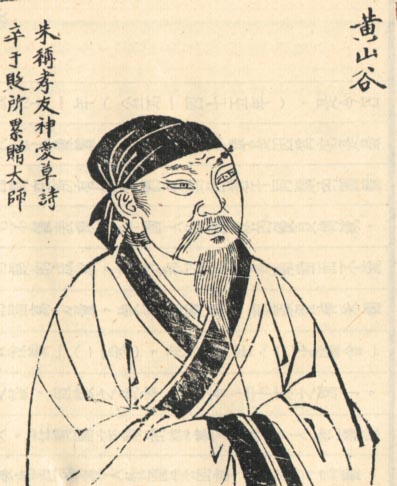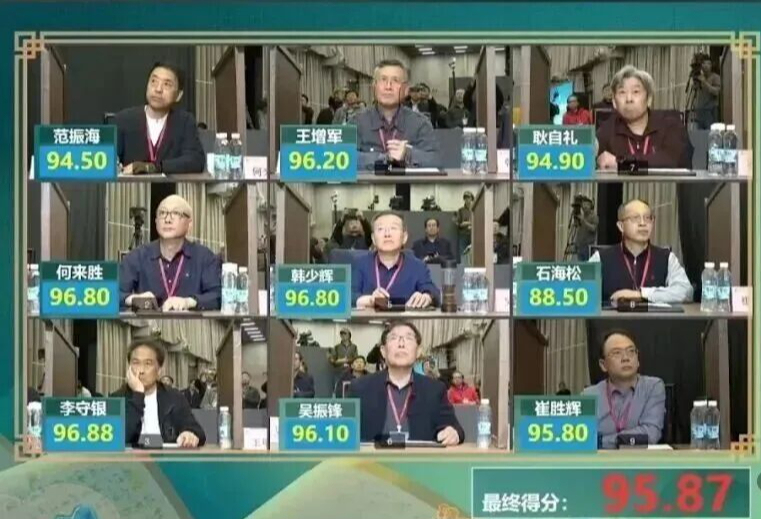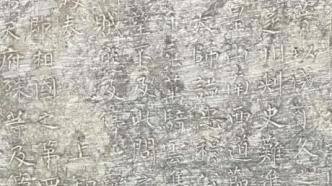
On the morning of January 12, a press conference on important archaeological discoveries in Shaanxi in 2022 was held at the Shaanxi Provincial Bureau of Cultural Relics.
According to the press conference, the Shaanxi Provincial Institute of Archeology excavated three Tang tombs in 2022 in the eastern extension of Fenglin North Road at the junction of Fenglin North Road and Wenyuan South Road, Guodu Street, Chang'an District, Xi'an City. The discovery was an epitaph unearthed in one of the tombs, which was written and written by Liu Gongquan, a famous writer and calligrapher in the Tang Dynasty. Archaeologists found the only extant epitaph written by Liu Gongquan in his later years after archaeological excavation in Chang'an District, Xi'an City. The owner of the tomb is Liu Gongquan's cousin-in-law.
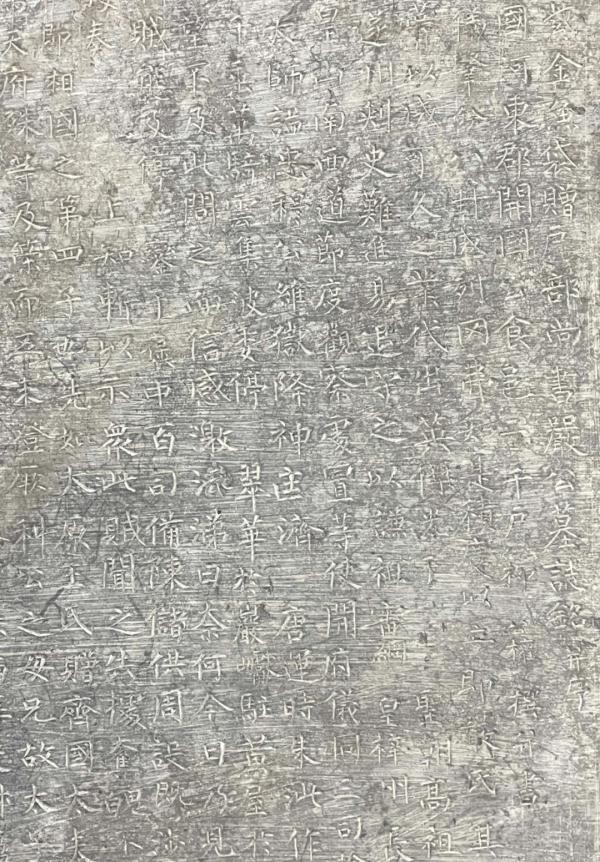
Liu Gongquan's epitaph found in archeology
This archaeological project is located in the east of the intersection of Fenglin North Road and Wenyuan South Road in Chang'an District, Xi'an City. It was found that the tomb plane of this epitaph was in the shape of a "knife handle", facing north-south. cover, pottery bust, pottery dog and epitaph. The epitaph is 76.7 centimeters long, 77.1 centimeters wide, and 14.5 centimeters thick. There are 42 lines of inscriptions on the front of the epitaph, with 45 characters in each line, totaling 1,769 characters.
According to the content of the epitaph, the owner of the tomb is Tang Tongyi doctor Shouzuo Sanqi who often served Yan Gongkuang and Feng Yiren. In the epitaph, there are detailed descriptions of Yan Gongkuang's life and family lineage. Yan Gongkuan's great-grandfather Yan Feng, his great-grandfather Yan Zhiben, his grandfather Yan Shengang, his father Yan Zhen, a famous official in the mid-Tang Dynasty, and his elder brother Yan Gongbi. Yan Gongkuan's wife was the Liu family of Hedong, who was the cousin of Liu Gongquan's "father and daughter brother", who died 47 years before Yan Gongkuan, and had seven sons and a daughter. Yan Gongkui died of illness on December 25th in the third year of Emperor Xuanzong's reign (849) at the age of 75, and was buried on May 19th in the fourth year of Emperor Xuanzong's reign (850). After Yan Gongkuan's death, the eldest son Yan Xiumu asked his uncle Liu Gongquan to write and write the epitaph for Yan Gongkui. At this time, Liu Gongquan was 71 years old.

Liu Gongquan (778-865)
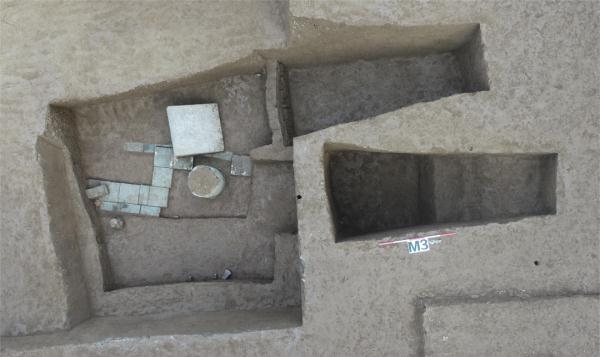
Tang tomb where the epitaph of Liu Gongquan was unearthed
Liu Gongquan (778-865), courtesy name Chengxuan, was born in Jingzhaohuayuan (now Yaoxian County, Shaanxi). He was addicted to learning when he was young, and he was able to compose Fu at the age of twelve. Because he was good at calligraphy, he was favored by Mu Zong Li Heng and called as a Bachelor of Calligraphy in the Imperial Academy. Liu Gongquan's calligraphy is best known in regular script, which is as famous as Yan Zhenqing, and is known as Yan Liu. He pursued the brushwork of Wei, Jin, and the early Tang Dynasty, and was influenced by Yan Zhenqing. He created his own Liu school between the Jin people's vigor and Yan Shu's graceful and majestic style. Its elegant and strong calligraphy style can be compared with Yan Shu's vigor and ampleness, and later generations have the reputation of "Yan Jin Liu Gu".
There are many works handed down by Liu Gongquan. The inscriptions handed down from generation to generation include "Diamond Sutra Carved Stone", "Xuanmi Tower Stele", "Feng Su Stele" and so on. Among them, "Diamond Sutra Carved Stone", "Mysterious Pagoda Stele", and "Shen Ce Army Stele" best represent his regular script style. Liu Gongquan's cursive scripts include "Fu Shen", "Sixteen Days", "Hui Xiang Tie", etc. Their style still inherits the style of Wang's family, with rigorous structure and natural and unrestrained. There are also ink marks "Mengzhao Tie" and "Wang Xianzhi Sending Pear Postscript". "Mengzhao Tie" white linen paper, seven lines, twenty-seven characters. It is now in the Palace Museum. His book was once engraved into "Sanxitang Fatie", Qianlong said, "Ecology in danger, strength right army". The posture is slightly handsome, deep and vigorous. In addition, there is "Purple Silk Tie" in "Lanting Xutie", the text is different, Hanlin does not call it "Chu Shou", so it is suspected that it is fake, it should be drawn up by masters in the late Tang and early Song.
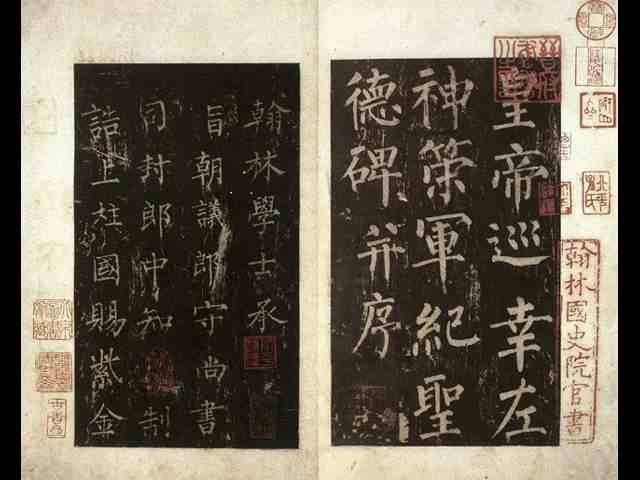
Liu Gongquan's "Shen Ce Military Monument"
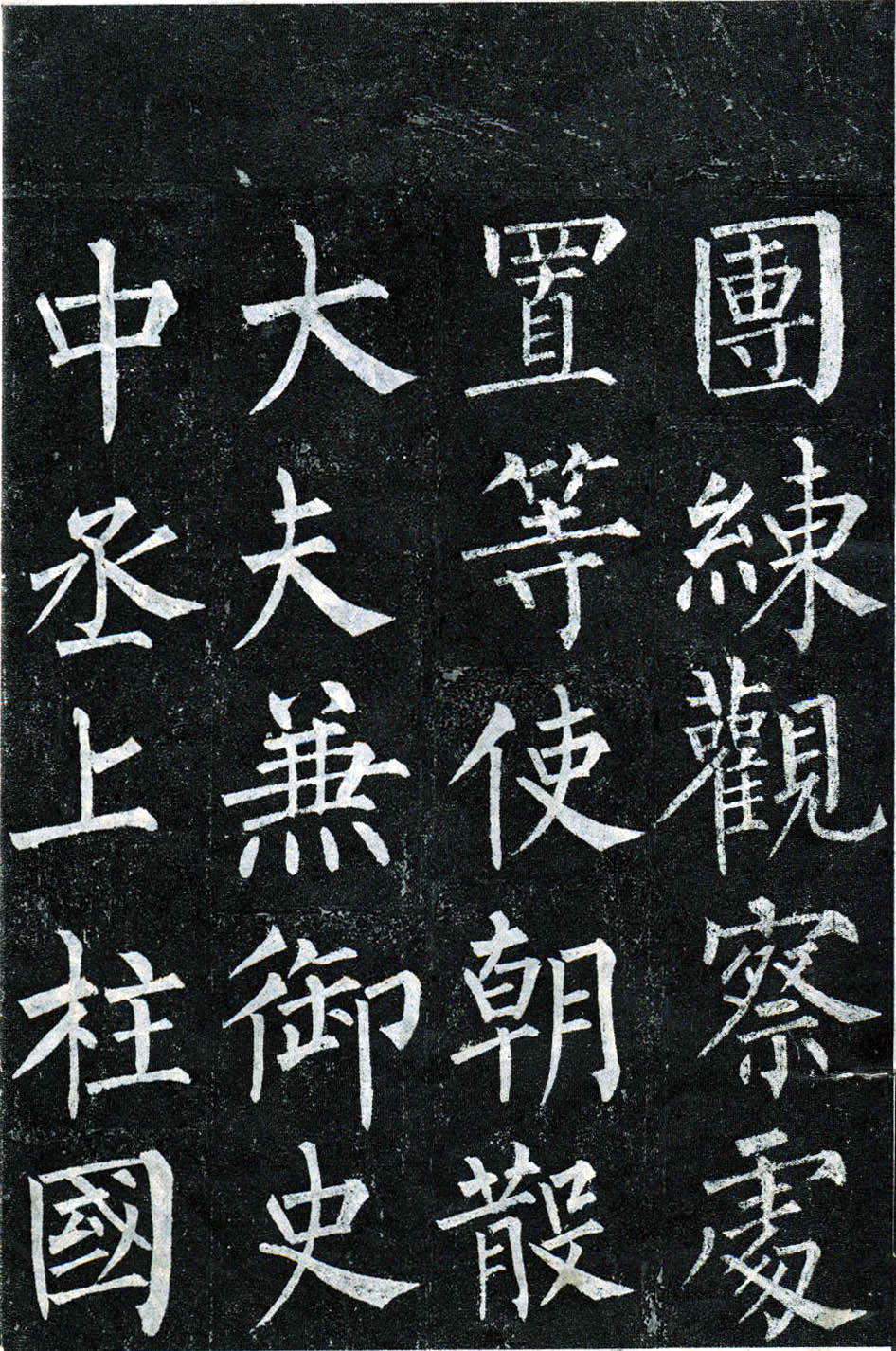
Part of Liu Gongquan's "Mysterious Pagoda Stele"
(This article is based on China News Agency, Huashang Daily and related calligraphy materials)
